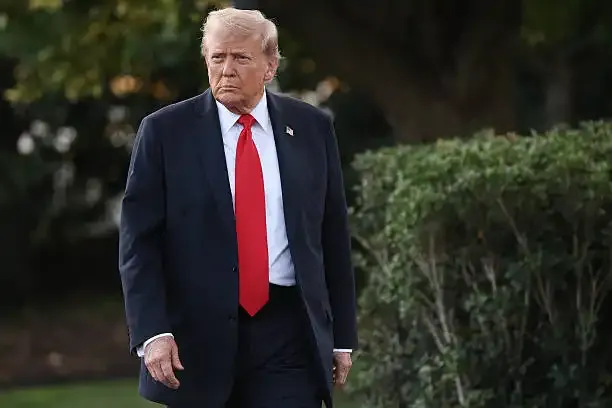Shopping cart
Your cart empty!
Terms of use dolor sit amet consectetur, adipisicing elit. Recusandae provident ullam aperiam quo ad non corrupti sit vel quam repellat ipsa quod sed, repellendus adipisci, ducimus ea modi odio assumenda.
Lorem ipsum dolor sit amet consectetur adipisicing elit. Sequi, cum esse possimus officiis amet ea voluptatibus libero! Dolorum assumenda esse, deserunt ipsum ad iusto! Praesentium error nobis tenetur at, quis nostrum facere excepturi architecto totam.
Lorem ipsum dolor sit amet consectetur adipisicing elit. Inventore, soluta alias eaque modi ipsum sint iusto fugiat vero velit rerum.
Sequi, cum esse possimus officiis amet ea voluptatibus libero! Dolorum assumenda esse, deserunt ipsum ad iusto! Praesentium error nobis tenetur at, quis nostrum facere excepturi architecto totam.
Lorem ipsum dolor sit amet consectetur adipisicing elit. Inventore, soluta alias eaque modi ipsum sint iusto fugiat vero velit rerum.
Dolor sit amet consectetur adipisicing elit. Sequi, cum esse possimus officiis amet ea voluptatibus libero! Dolorum assumenda esse, deserunt ipsum ad iusto! Praesentium error nobis tenetur at, quis nostrum facere excepturi architecto totam.
Lorem ipsum dolor sit amet consectetur adipisicing elit. Inventore, soluta alias eaque modi ipsum sint iusto fugiat vero velit rerum.
Sit amet consectetur adipisicing elit. Sequi, cum esse possimus officiis amet ea voluptatibus libero! Dolorum assumenda esse, deserunt ipsum ad iusto! Praesentium error nobis tenetur at, quis nostrum facere excepturi architecto totam.
Lorem ipsum dolor sit amet consectetur adipisicing elit. Inventore, soluta alias eaque modi ipsum sint iusto fugiat vero velit rerum.
Do you agree to our terms? Sign up

The US H-1B visa fee has surged from under $5,000 to $100,000, raising serious concerns for global healthcare. Thousands of Indian doctors in US residency programmes could be sidelined, worsening doctor shortages, hindering cross-border medical collaboration, and affecting care in underserved communities.
Indian doctors form a vital part of the US healthcare system:
Over 25% of US doctors are international medical graduates (IMGs).
India is the largest contributor, accounting for nearly 20% of all IMGs.
In 2024, 5,000 Indian doctors applied for US residency positions.
Over 10,000 residency slots in the US are filled annually by H-1B visa holders.
Most Indian residents work in high-pressure, low-paying roles with salaries between $55,000–$70,000 annually. The $100,000 visa fee could force hospitals to choose between going understaffed or financially overburdened, threatening both patient care and training opportunities.
US residency programmes have long been a training ground for Indian medical talent, enabling knowledge transfer back to India:
Specialized medical expertise
Research and innovation exposure
International medical credibility
If this pipeline is blocked, Indian students lose access to top-tier training, and India risks losing a vital feedback loop for global medical practices.
Dr Neha Mathur, senior cardiologist and USMLE mentor, warns:
"This policy punishes talent. It sends a message that you’re good enough to work but not worth investing in."
Cross-border medical collaboration is critical, as demonstrated during the COVID-19 pandemic. Indian doctors have contributed significantly in US hospitals, CDC, NIH, and global health initiatives. Disrupting this flow could:
Slow research progress
Weaken global health diplomacy
Reduce India’s soft power in medicine
Dr Meera Saxena, health policy researcher at AIIMS, emphasizes:
"Indian doctors aren’t just serving America. They’re building bridges between healthcare systems."
Most hospitals cannot afford a $100,000 fee per resident. Rural and inner-city hospitals, already operating on thin margins, could face severe staff shortages. The projected US doctor shortage of 124,000 by 2034 may worsen, leaving the most vulnerable populations at risk.
Policy experts argue the move devalues the work of global physicians, turning skilled Indian doctors into collateral damage. India’s External Affairs Ministry has called the fee hike a “humanitarian concern.”
India must negotiate carve-outs for medical professionals in H-1B visa policies, and institutions like MCI, NMC, and leading teaching hospitals must advocate for their talent. The US Congress should reconsider the blanket fee that threatens national healthcare and global medical collaboration.
Medicine knows no borders. A $100,000 fee doesn’t just block access—it undermines the philosophy of global healthcare cooperation.
11
Published: Sep 21, 2025